- No products in the cart.
Divina tab 21 pc
$18.88
Divina tab 21 pc
Description
Composition
Active substance:
White tablets: 1 tablet of 2 mg estradiol valerate blue tablets: 1 tablet of 2 mg estradiol valerate, medroxyprogesterone acetate, 10 mg.
Excipients:
Lactose monohydrate, corn starch, gelatin, magnesium stearate, talc, Kollidon K 25, indigo carmine (E 132), purified water.
Description:
White Tablets: Round biconvex tablets of white, one side coated code «D».
Tablets blue: round, flat faced beveled edge tablets blue.
Product form:
21 tablets in a blister (11 white and 10 blue). 1 or 3 in the blister cardboard pack with instructions for medical use.
Contraindications
Hypersensitivity to any component of the drug; thromboembolic disorders in the present or in history; Choose now, or a history of jaundice or severe liver disease, including the presence of liver tumors currently or history; diagnosed or suspected breast cancer history; congenital hyperbilirubinemia (Gilbert syndrome, DubinaDzhonsona syndrome, Rotor syndrome); hormone dependent tumors of the endometrium and breast and other organs; acute hepatitis; endometriosis; uterine bleeding of unknown etiology; sickle cell anemia; deep vein thrombophlebitis of the lower limbs; pituitary tumors; pregnancy (known or estimated); lactation.
Precautions: multiple sclerosis, lupus syndrome, epilepsy, epileptic syndrome, diabetes with vascular complications, benign neoplasm of breast, hypertension (resistant to therapy), chronic renal failure, chronic heart failure, bronchial asthma, porphyria, otosclerosis complications in during the previous pregnancy, estrogen-dependent tumors in the history of cholelithiasis, marked obesity (including history), migraine, gerpetiche Kaya infection history.
Indications
Hormone replacement therapy (HRT), estrogen deficiency symptoms and progesterone.
Interaction with other drugs
Divina estrogenic effect may be reduced while reception with antihypertensive drugs, indirect anticoagulants, oral hypoglycemic agents; baobituratami, hydantoin, rifampicin, ampicillin, tetracycline, and with drugs, inducers of microsomal oxidation (including phenytoin, antiepileptics, griseofulvin). Divina estrogenic effect may be increased by simultaneous administration with drugs depressing microsomal oxidation (ketoconazole, cyclosporin).
Overdose
Symptoms of overdose include nausea, headache and uterine bleeding. No specific antidote.
Treatment – symptomatic.
pharmachologic effect
Pharmacological group:
Protivoklimaktericheskoe means (estrogen + progestogen).
Pharmacodynamics:
Estradiol valerate is an ester of natural estrogen – estradiol. Pharmacological effects of estradiol are carried out via specific estrogen receptors in target tissues. By binding to specific receptors, estrogens, among other effects, stimulate endometrial growth and contribute to the development of secondary sexual characteristics. Medroxyprogesterone acetate is a derivative of natural progesterone – 17alpha-hydroxy-6-metilprogesterona. Medroxyprogesterone acetate binds to progestin-specific receptors and the effect on the endometrium, converting it from a proliferative into a secretory phase. Estradiol stimulates growth of the endometrium, while increasing the risk of endometrial hyperplasia and cancer. Medroxyprogesterone acetate is added to the treatment to counteract this effect.
Pharmacokinetics:
After oral administration of estradiol valerate is absorbed from the gastrointestinal (GI) tract and is subjected to hydrolysis oestradiol via esterases in the liver and intestinal wall. Maximum concentrations of estradiol achieved after 4-6 hours in plasma. Circulating estradiol is bound to plasma proteins, mainly to globulin, sex hormone binding, and bovine serum albumin. The metabolites are excreted in the urine as glucuronide and sulfate conjugates. A minor part of the dose is excreted in the faeces. After oral administration of one tablet of the preparation Divina maximum concentration of medroxyprogesterone acetate in plasma is achieved within 1-2 hours. Medroxyprogesterone acetate binds to plasma proteins more than 90% (mainly albumin). For oral application the half-life of medroxyprogesterone acetate is 24-48 hours. Medroxyprogesterone acetate undergoes extensive metabolism in the liver by hydroxylation and conjugation. Medroxyprogesterone acetate is excreted in the urine and bile.
Conditions of supply of pharmacies
On prescription.
side effects
Adverse drug reactions are most common in the first few months of taking the drug. Adverse reactions expected in 15-20% of patients taking the drug. Typically, these undesirable reactions are negligible and are in the continuation reception preparation. In clinical studies, more than 10% of patients were observed headaches and painful breast tenderness.
Side effects are listed below by organ class and frequency. Continues to affect any side-effects on the frequency defined as follows:
Often (by> 1/100 to
special instructions
The drug should be used only in the presence of post-menopausal symptoms, adversely affecting the quality of life of women. 1 It should be every year, as a minimum, carefully balance the benefits and risks of HRT therapy and continue only if the benefit outweighs the risk. Data on the risk of HRT with premature menopause is limited. However, because women younger absolute risk level is reduced, it is possible that the risk benefit ratio of this group is more favorable than in older women
Medical examination and supervision
Before starting or resuming HRT should provide a complete family and personal history. should be inspected (including examination of the breast and pelvic exam) Taking into account the history, as well as contraindications and precautions. During treatment, it is recommended to periodically re-examination; their composition and frequency are selected individually. Patients should be cautioned that if any changes in the breast should consult a doctor (see. Subsection “Breast cancer” below). Surveys should be carried out (in t. H. Radiological such as mammography) in accordance with established procedures of screening and individual patient needs
Conditions that require monitoring
Careful observation of the doctor if the patient are observed, there is a history and / or exacerbate during pregnancy or previously pursued by hormone therapy in any of the following diseases / conditions / risk factors, taking into account the possibility of flow deterioration, recurrence or exacerbation during reception Divina drug : Leiomyoma (uterine fibroids), or endometriosis. Risk factors for thromboembolic disease (see. below). Risk factors for estrogen-dependent tumors, particularly unfavorable heredity (breast cancer in the nearest relatives). Arterial hypertension. The pathology of the liver (e.g., hepatic adenoma). 9 Diabetes mellitus with or without lesions of vascular lesions. Cholelithiasis. Migraine or (severe) headache. Systemic lupus erythematosus. A history of endometrial hyperplasia (see. Below). Epilepsy. Bronchial asthma. Otosclerosis. Hereditary angioedema.
Reasons for immediate discontinuation
The drug should be discontinued in identifying contraindications, as well as in the following situations: Jaundice or deterioration of liver function. A significant increase in blood pressure. New-onset migraine headaches. Pregnancy.
Hyperplasia and endometrial cancer
In women with an intact uterus long-term use of HRT preparations containing estrogen alone increases the risk of endometrial hyperplasia and cancer. According to reports, the risk of endometrial cancer in women who use only estrogen, increases in 2-12 times compared with women who do not apply estrogens, depending on the duration of treatment and estrogen dose (see. Section “Side effects”). After cessation of treatment at increased risk may persist for at least 10 years. Adding a progestogen cyclically for at least 12 days per month (or during each 28-day cycle) or continuous reception of combined estrogen-progestin medications in women who have not had a hysterectomy, to prevent an increase in the risk associated with the monotherapies estrogen for HRT. During the first months of treatment may experience “breakthrough” bleeding and “spotting” spotting. If the “breakthrough” bleeding or “spotting” spotting appears after a period of treatment, or continue after discontinuation of treatment, it is necessary to find out the cause of this, which suggests the possibility of endometrial biopsy to exclude malignancy.
Mammary cancer
The available data generally indicate increased breast cancer risk in women receiving combined estrogen-progestin drugs and possibly also monopreparations estrogen HRT; This risk depends on the duration of use of HRT.
The use of combined estrogen-progestin HRT In a randomized, placebo-controlled study (study on “Women’s Health Initiative», WHI) and epidemiological studies obtained matching data of an increased risk of breast cancer in women receiving combined estrogen-progestogen HRT; increased risk was detected after about 3 years of treatment (see. section “Side effects”).
Use of HRT, estrogen only containing WHI The study found no increased risk of developing breast cancer for women who have undergone hysterectomy and using drugs for HRT containing only estrogen. In observational studies, in most cases soob10 schaetsya a slight increase in the risk of diagnosis of breast cancer, which is significantly lower than in women using combined HRT estrogengestagennye (see. Section “Side effects”). Extension risk begins to manifest after several years of treatment, but returned to baseline within a few (at most five) years after stopping treatment. HRT, in particular, the use of combined estrogen-progestin HRT, increases the density of mammographic images which can prevent X-ray detection of breast cancer
ovarian cancer
ovarian cancer occurs at a lower frequency than breast cancer. Epidemiological data obtained from a large meta-analysis indicated a slightly increased risk in women taking monopreparations estrogen or combined estrogen-progestogen HRT; the risk becomes clear within 5 years of application and decrease with time after stopping. Several other studies, including WHI study suggest that the combined use of HRT may be associated with the same or slightly smaller risk (see. The section “Side effect”).
venous thromboembolism
HRT is associated with an increased risk of venous thromboembolism (VTE) is 1.3 – 3 times, in particular deep vein thrombosis or pulmonary embolism. The occurrence of such events is more likely in the first year of HRT than later (see. Section “Side effects”). Patients with thrombophilic disorders or a history of VTE increased risk of VTE, which can be exacerbated when using HRT. HRT is therefore contraindicated in these patients (see. Section “Contraindications”). By the generally accepted factors of VTE risk include estrogen reception, older age, extensive surgery, prolonged immobilisation, obesity (BMI> 30 kg / m2), pregnancy / postpartum period, systemic lupus erythematosus (SLE), and cancer. On the possible role of varicose veins in VTE is no consensus development. As always, it is necessary to consider the measures of prevention of VTE after surgery. If after elective surgery planned long-term immobilization, it is recommended to stop taking the drug Divina 4-6 weeks before surgery and not to resume receiving until it is fully restored the patient’s mobility. If most patients do not have a history of VTE, but her immediate family happened thrombosis at a young age, it is possible to offer the patient screening after thorough explanation of its limitations (screening detects only a fraction of cases thrombophilic disorders). If the detected violation thrombophilic corresponding thrombosis relatives, or if the violation is “serious” (e.g., antithrombin III deficiency, S, C protein of the protein, or a combination of deficiencies), the HRT is contraindicated. and the risk-benefit ratio should be carefully evaluated HRT in women who have constantly taking anticoagulants. If VTE occurs after the beginning of taking the drug, you should stop taking the drug. Patients should be cautioned that they should consult a doctor immediately upon detection of possible thromboembolic symptoms (for example, pain and swelling of the lower limbs, sudden pain in the chest or shortness of breath).
Coronary heart disease (CHD)
In randomized controlled trials found no protective effect against myocardial infarction in women, such as ischemic heart disease, and do not suffer from it, while taking combined estrogen-progestin HRT, or monotherapies estrogen for HRT.
The use of combined estrogen-progestin HRT When receiving combined estrogen-progestin HRT slightly increases the relative risk of coronary heart disease. Since the base absolute risk of coronary heart disease is highly dependent on the age, the incidence of coronary heart disease caused by intake of combined estrogen-progestin preparations, only very slightly increased among healthy women aged close to the climacteric, but more significantly increased in the older ages
Use of HRT containing estrogen only in randomized controlled trials found no increased risk of coronary heart disease in women undergoing hysterectomy and receiving HRT preparations containing only estrogen.
Ischemic stroke
ischemic stroke risk is increased to 1.5 times while taking as a combined estrogen-progestin HRT and HRT containing only estrogen. The relative risk does not depend on age or time since menopause. However, as the baseline risk of stroke is strongly dependent on age, the overall risk of stroke in women taking HRT increases with age (see. Section “Side effects”).
Other diseases
Estrogens can cause fluid retention, so careful observation of the patients with renal dysfunction and heart failure. When HRT in women with chronic c hypertriglyceridemia requires careful medical supervision, since when receiving estrogen preparations in these patients were marked individual cases strong increase of triglyceride concentration in blood plasma, which resulted in pancreatitis. Estrogen increases the level of thyroxine binding globulin (TBG). This leads to an increase in the overall level of circulating thyroid hormones, resulting in the levels of protein-bound iodine (BSY), T4 (measured by means of column chromatography or radioimmunoassay) or T3 (measured by radioimmunoassay). T3 resin uptake is reduced, reflecting the increased level of TSH. The concentration of free T3 and T4 remain unchanged. Can be increased plasma concentrations of other binding proteins, ie. E. A corticosteroid binding globulin (CBG) and binding globulin sex hormones (SHBG), which leads to increasing the concentration of circulating corticosteroids and sex hormones respectively. The concentrations of free and biologically active hormones remain unchanged. It can be increased concentrations of other proteins (angiotensinogen / renin substrate, alpha-1-antitrypsin, ceruloplasmin) in the blood plasma. In some cases, chloasma may occur, especially in women with a history of chloasma pregnant. Women who are prone to chloasma should limit exposure to the sun and exposure to ultraviolet radiation while taking HRT. HRT does not improve cognitive function. Some data suggest an increased risk of dementia in women who start constantly taking combined estrogen-progestogen HRT preparations or preparations for hormone replacement therapy containing estrogen only, over the age of 65 years.
Effects on ability to drive and use other mechanisms.
Does not affect.
Storage conditions
At a temperature of 15 to 25 C in the original packaging of the reach of children.
Dosing and Administration
По 1 таблетке в сутки (предпочтительнее вечером) в течение 21 дня, затем следует 7-дневный перерыв, во время которого наступает менструальноподобное кровотечение, после чего вновь начинают прием. В течение первых 11 дней принимают белые таблетки, содержащие только эстроген, затем в течение 10 дней голубые таблетки, содержащие комбинацию эстрогена с прогестероном. Прием препарата можно начинать в любое время, если нормальный менструальный цикл прекратился или если он нерегулярен, а также на 5 день после начала менструации. Менструальноподобное кровотечение начинается в течение недели, свободной от приема Дивины. В климактерическом периоде могут отмечаться различия в продолжительности менструального цикла. Кровотечение может начаться во время приема голубых таблеток (в этом случае прием должен быть сразу же прекращен, а после остановки кровотечения может быть возобновлен прием белых таблеток).
В случае пропуска приема таблетки ее следует принять не позднее 12 часов и далее принимать препарат по обычной схеме.
Information
Appearance may differ from that depicted in the picture. There are contraindications. You need to read the manual or consult with a specialist
Additional information
| Weight | 0.100 kg |
|---|---|
| Manufacturer | ORION |

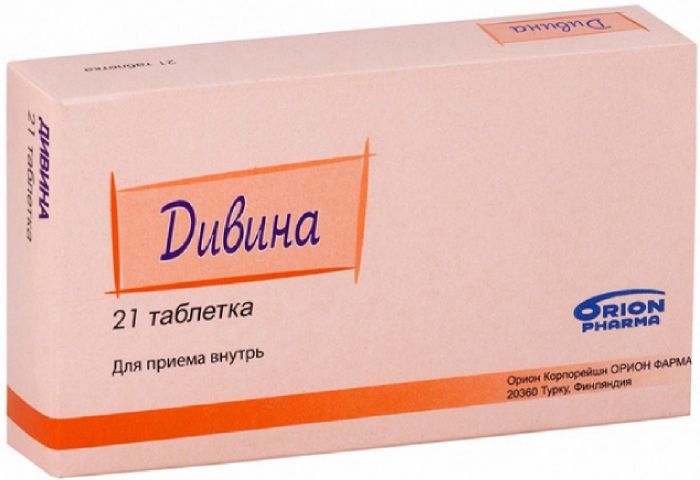
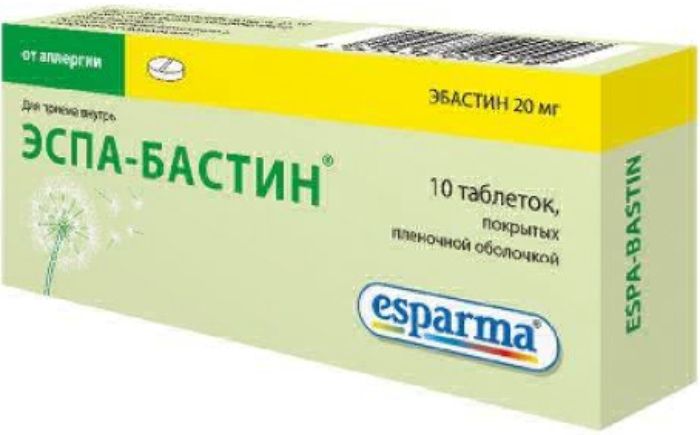

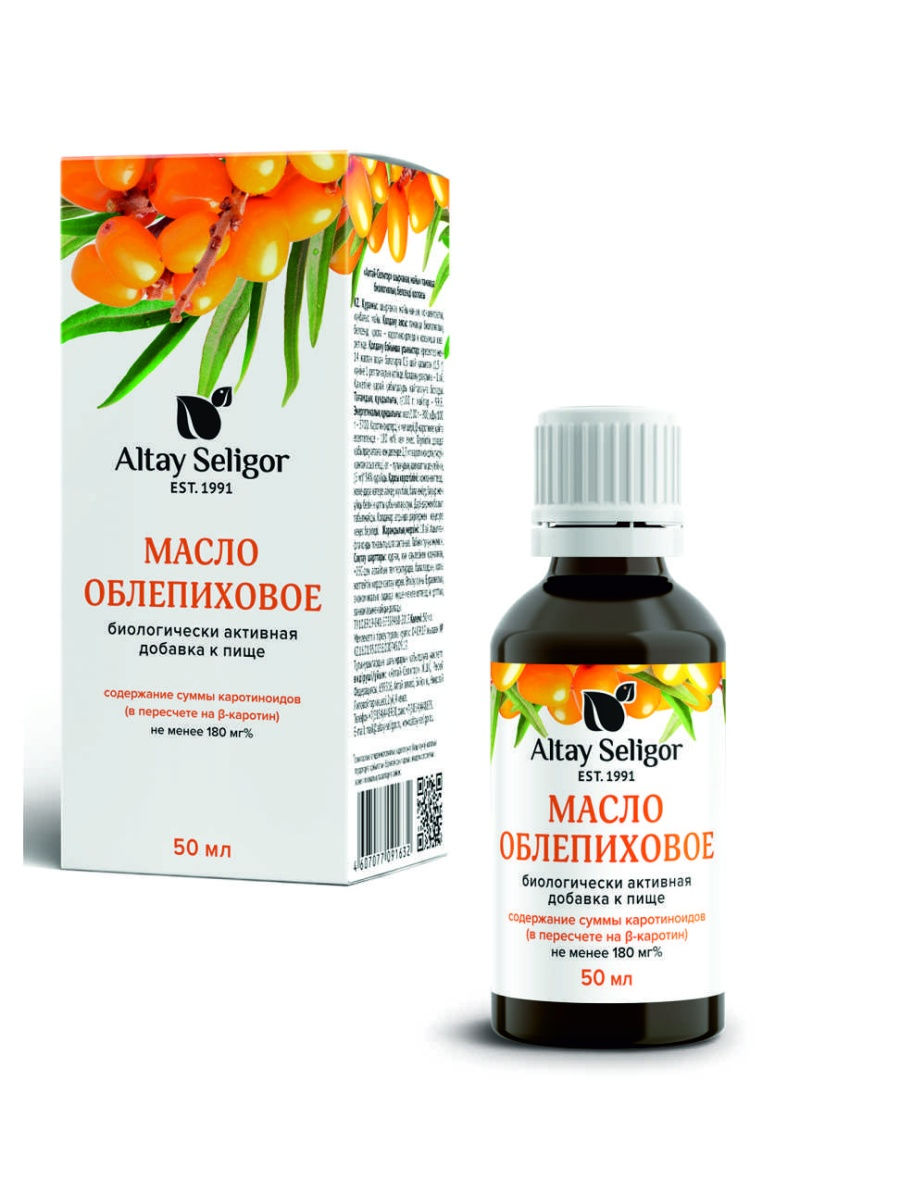
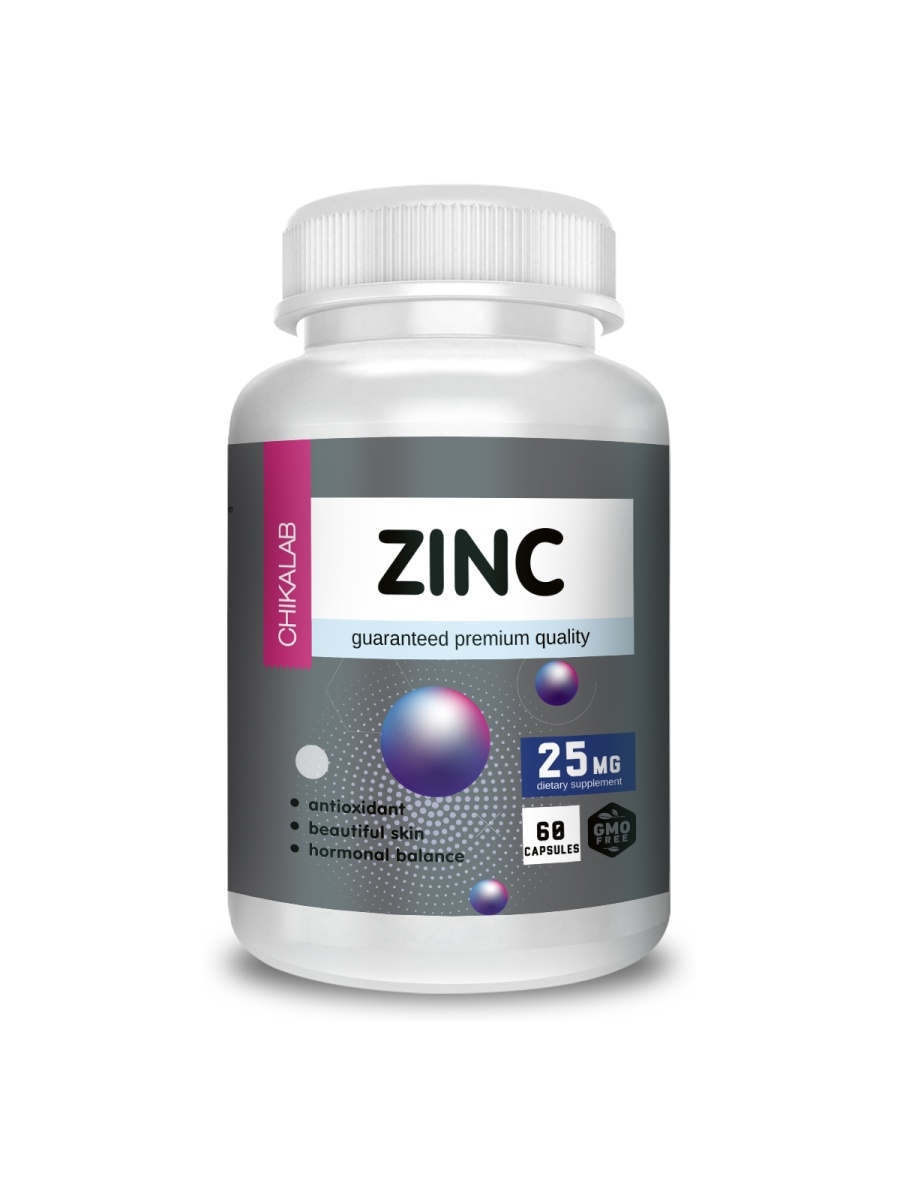
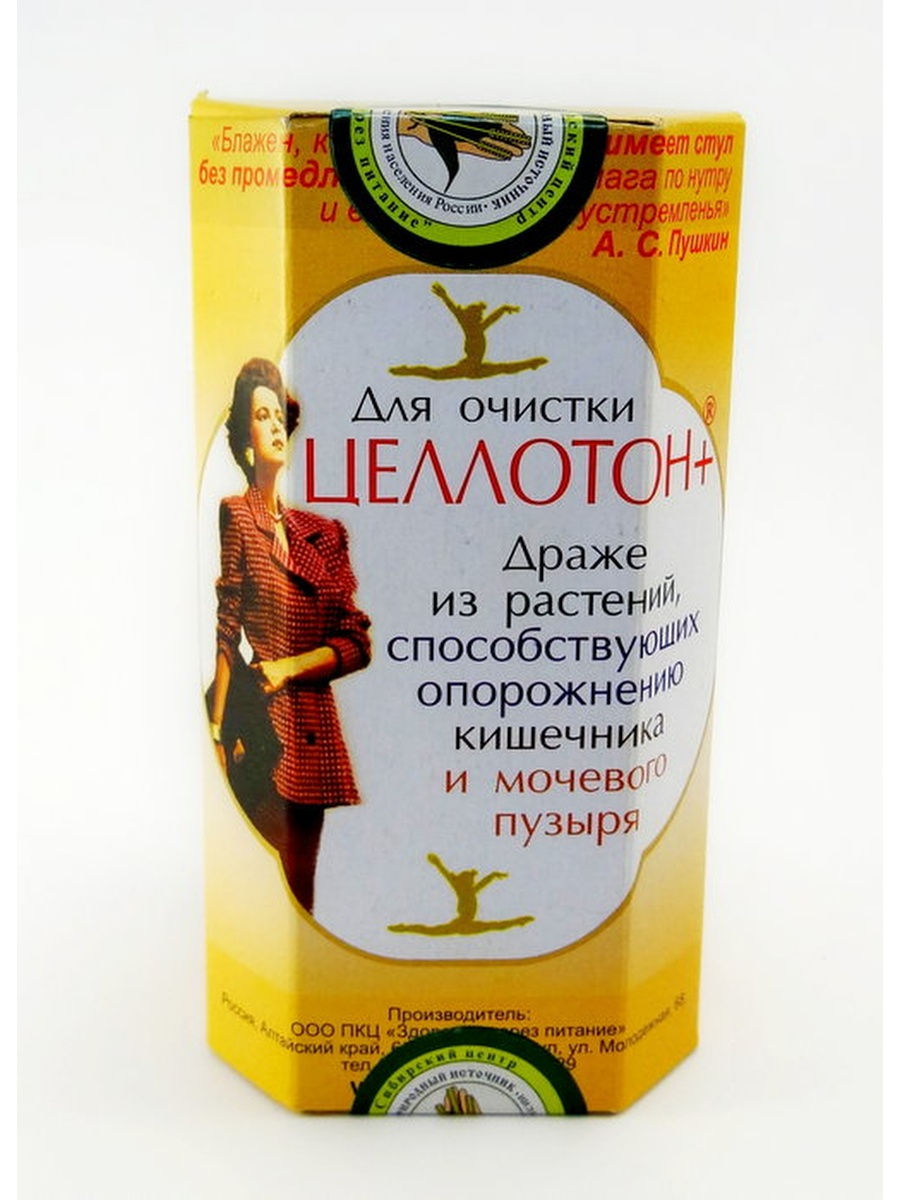


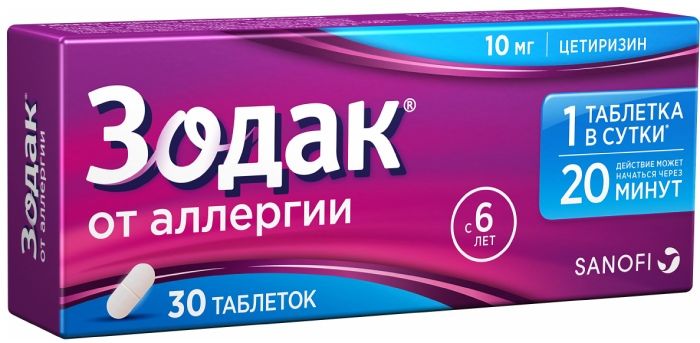




There are no reviews yet.